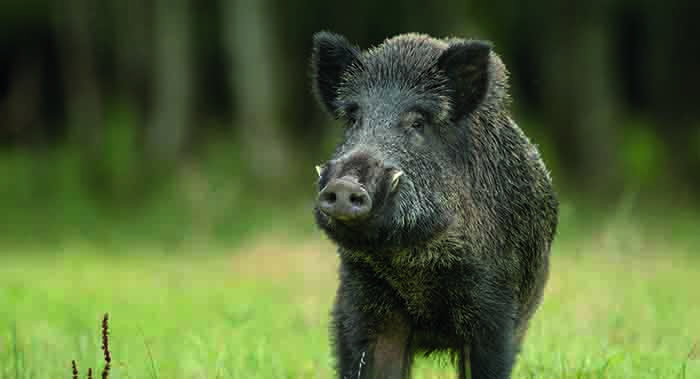In his latest Eastern European update, Russian journalist Vladislav Vorotnitkov takes a look how the region is already looking to a post-ASF future
When it comes to the struggle against African swine fever (ASF) in Russia, 2019 is going to be one of the best years in the past decade.
There have been no outbreaks at any big commercial farms so far this year, and the Russian Agricultural Ministry has forecast that the total number of outbreaks this year will not exceed 54 – three or four times lower than the peak between 2014 and 2017.
Veterinary officials say Russia is close to winning the war for a number of reasons. Firstly, Russian meat giants have put a lot of resource into protecting their farms and the largest now resemble strongholds. Not even flies, which have been found to transmit ASF, can get inside the production units.
In addition, the number of so- called backyard pig farms has been shrinking. They usually have no protection against the virus, aside from a small fence. Repeatedly blamed by Russian officials for propagating the spread of ASF, this sector may pass into oblivion in the coming five or 10 years.
Export plans
Against this background, the Eurasian Union trading bloc has indicated its intention to increase pigmeat exports to 220,000 tonnes in 2020, nearly four times 2019 levels, making it a net exporter, with 2020 imports forecast at 130,000t.
Increased production and progress in tackling ASF means pork prices in Russia are expected to fall by 10% to an all-time low, as global prices jump by up to 40% due to the ASF epidemic in Asia – possibly making Russian producers more competitive than ever. The only problem is that Asian markets are still closed, although Russia is slowly moving to change that.
The other members of the Eurasian Union have similar targets. For example, ASF-free Kazakhstan wants to triple its pig population to 900,000 head and boost exports to 85,000 tonnes by 2023, according to Serik Tankeev, chairman of the Kazakhstan Union of Pig Producers.
He also outlined an ambition to replenish the depleted Chinese pork market – which could see Kazakhstan enter the top-10 pork exporters in the world.
Far East is at risk
The recent ASF outbreaks in two regions of Russia’s Far East, just miles from the Chinese border, are the only fly in the ointment. The proximity to the border is a concern, particularly with widespread reports of smuggling and of potentially infected wild boar crossing.
Several big projects were launched in the Far East when investors were targeting exports to China and other Asian countries.
Few believed the virus could make the leap across almost 4,000 miles of taiga – the boreal forest of Siberia – that separates infected areas of European Russia from the Far East. Nobody expected an ASF epidemic in China.
In trade negotiations with China, Russia has offered pork from ASF-free regions. A number of regions of European Russia have not seen an outbreak for more than a year, although the Far East lost a significant portion of its export potential when the first outbreak was registered.
Ukrainian decline
There were some apocalyptic forecasts this year that the pig industry in Ukraine may soon cease to exist because of ASF – the number of farms stands at just 1,700 – 1,000 less than four years ago and up to 170,000 pigs were culled because of the epidemic.
The losses are estimated in billions, but the good news is that the number of outbreaks have declined twofold so far this year and prices have jumped by 10% to UAH 114/kg (£3.60/kg).




